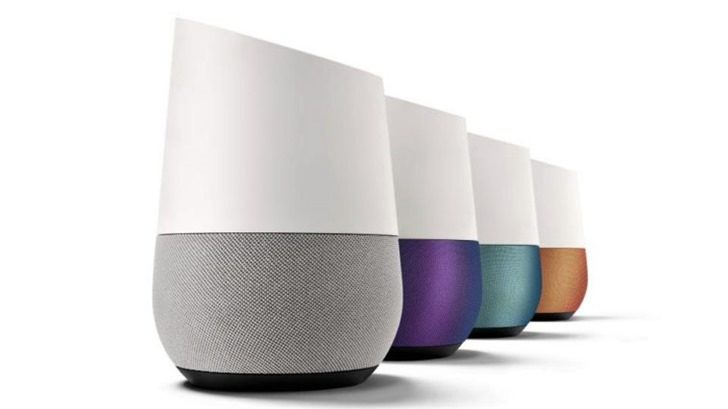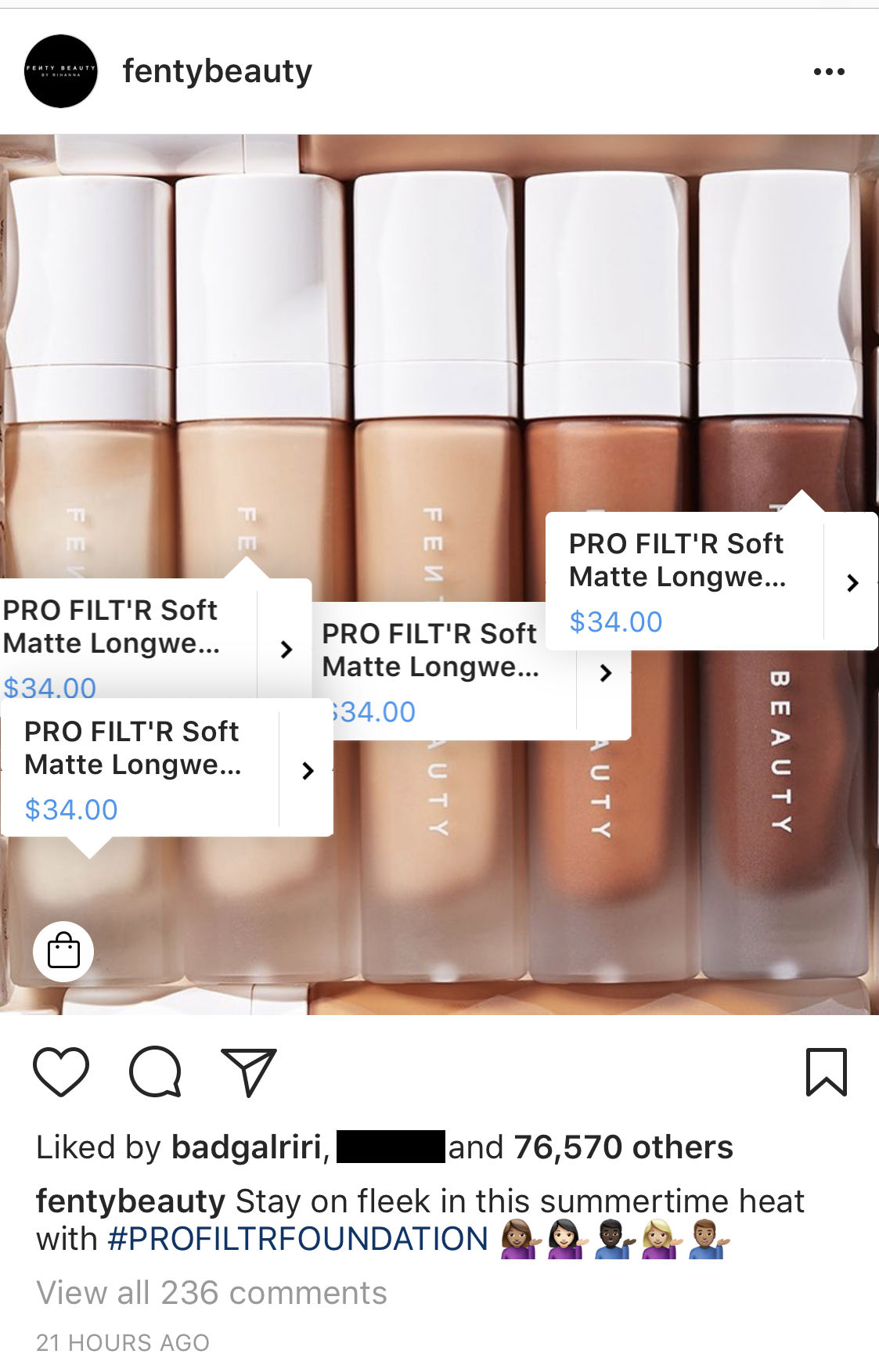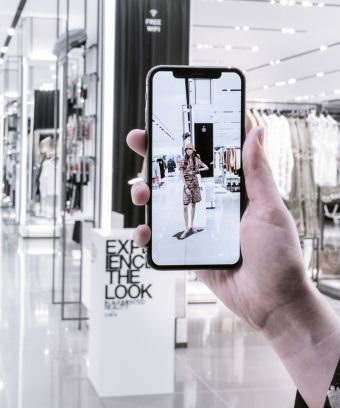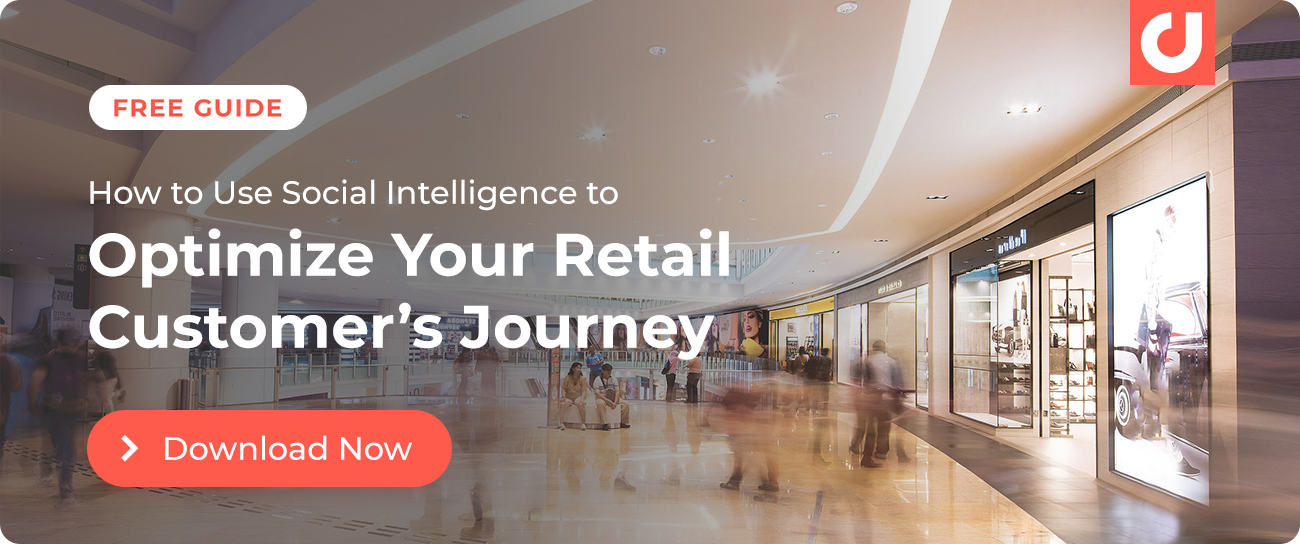The 5 Most Disruptive Retail Marketing Trends in 2018 and Beyond
Technology is revolutionizing how consumers shop. Connected shopping carts, interactive store signage, and simplified yet secure payment methods via smartphones, are just a few trends that are redefining retail marketing strategies. According to Wunderman and Penn Schoen Berland, 79% of today’s consumers prefer brands that listen to their expectations.
This means every retail marketer needs to be prepared to adjust their marketing and customer experience strategies according to the latest trends, while gearing up for upcoming developments.
To help you make sense of all the disruptions from social media and technology, we’ve gathered the top retail marketing trends and predictions from industry experts around the world. Pull up your shopping cart for 2018’s retail trends and tips you’ll want to check out!
1. Voice Search to Facilitate Purchasing
Google Home, Amazon Alexa, and other voice-activated devices have not only added a futuristic touch in many a home; they’ve also added what many brands consider a fourth sales channel. In 2017, Monoprix, a leading French retail brand, partnered with Google Home to launch a voice application allowing customers to create a shopping list by simply speaking, along with a chatbot that recommended products based on the user’s buying habits.

Comscore predicts as many as 50% of searches will be conducted through voice by 2020. Thus it’s no surprise customers will soon have access to a faster path to discovery. For retailers, this means a faster path to purchase. Integrating and adapting voice search to suit local accents, slang, and colloquial language, is essential to getting your brand discovered. Identify such phrases by paying close attention to how your customers across geographical markets discuss your brand and products!
2. Cross-Channel Strategies Pave the Way for More Integrated Shopping Experiences
In January 2018, Walmart, an American chain of hypermarkets and discount stores, announced a partnership with Japanese e-retailer Rakuten to launch an online grocery store in Japan, and an e-book store in the United States, reflecting a growing convergence of online and offline channels in the retail world.
46% of a retail store’s visitors, come from cross-channel initiatives. Out of this, 29% visit a brand’s website, then in-store, while 17% follow the opposite journey. As retail customer journeys become more omni-channel than ever before, marketers must ensure such touchpoints are fully optimized to direct customers to convert.
To successfully hybridize physical and online stores, it is important that cross-channel strategies facilitate information sharing to capture and retain customers, as well as surprise and delight them with personalized experiences. Brands can achieve this by introducing:
- Mobile apps, which store personal customer profiles
- “Buy online and pick up in store” capability
- Loyalty programmes, including online and offline redemption options
- Specialized return policies that allow in-store return of items purchased and vice versa
3. Social Commerce: It’s Now or Never
Social media networks like Facebook, Instagram, and Pinterest have come a long way since their beginnings as a platform for meeting new people online.
With the addition of purchase buttons and e-shop features, customers rarely have to leave their social feeds to buy an item that has caught their eye. Similar to voice search, integrating social shopping on social networks, can help brands accelerate consumers’ path to purchase and increase basket sizes.
 Example of social commerce: Fenty's Instagram post features a shopping icon, which can be tapped to reveal the name and price of products displayed. Customers can tap on these tags to purchase products shown on Fenty's e-store.
Example of social commerce: Fenty's Instagram post features a shopping icon, which can be tapped to reveal the name and price of products displayed. Customers can tap on these tags to purchase products shown on Fenty's e-store.
Furthermore, 59.57% of top engaging posts by retail brands in Asia Pacific, are related to product showcases (link to fashion report). Social channels are not just a digital front desk for brands; they are also points of purchase - and branded content is a way of delivering content on brand offers.
4. Elevating the Retail Store Experience through Digital
While disruptions from technology and online giants like Amazon and Alibaba have led many to believe this year is the “death of the retail store”, industry insiders interviewed in our Retail Trends: Predictions from Marketing Experts eBook, beg to differ.
As Daco Co-Founder Paul Mouginot puts it, “We are moving from an era where digital was a ‘gadget’ in stores, to an era where technology is turning into the invisible but powerful backbone of retail.” Technologies like augmented reality (AR) and interactive maps, are just what traditional stores need to get that long overdue facelift!
To reduce waiting time for the dressing rooms, ZARA, an international women’s fashion line released a mobile phone app that allowed customers to visualize specific clothing items on themselves in-store. Simple features like these that add convenience to a customer’s shopping experience, can go a long way in making brands stand out from competitors and increase loyalty.
 ZARA's mobile AR app.
ZARA's mobile AR app.
5. From Points-of-Sale to Points-of-Experience
Consumer expectations towards retail outlets have changed. In fact, 60% of consumers want to do more than buy in stores. This is where retail stores have an edge above online channels, which cannot offer certain features such as physical try-outs, or the human touch from sales personnel.
Brands that recognize this potential, have begun designing experiences that allow customers to do more than browse and shop - experiences that associate them with enriching opportunities, and increase store visits and revenue. The IKEA restaurants we have come to love for their iconic meatballs, is a great example of a consumer brand turning a point of sale into an experiential area.
Social intelligence can aid the transformation of retail stores into the experiences customers are looking for. Follow these simple steps:
- Detect trending interests to integrate in your retail stores by monitoring key conversation topics among customers on social media
- Fine tune and optimize experiences based on opinions and reviews shared; don’t forget to monitor them on both your branded social pages, as well as blogs and forums!
In Summary
As technology and social media networks continue to evolve, so too must the retail industry. Implementing these technologies is just the first step to revolutionizing your brand’s retail experience; it is equally important to constantly monitor and fine tune experiences based on your customers’ feedback. For international retail brands, deploying a social media monitoring tool, can help with gathering and aggregating mountains of consumer data in real time, to:
- Detect trending interests and new technologies to integrate into your physical stores
- Identify social media channels where your online communities are congregating
- Determine customer sentiment and reactions to new store and product offerings
Written by Melissa Chue
Melissa is a digital advocate who loves diving into the latest trends in digital and social media. Since joining Digimind’s marketing team in 2015, she has written studies for over 15 industries in Asia Pacific. When she is not telling stories about data, Melissa can be found exploring her favourite cafes and hangouts on Instagram @chuepachups.
.png?width=100&name=logo%20(1).png)



